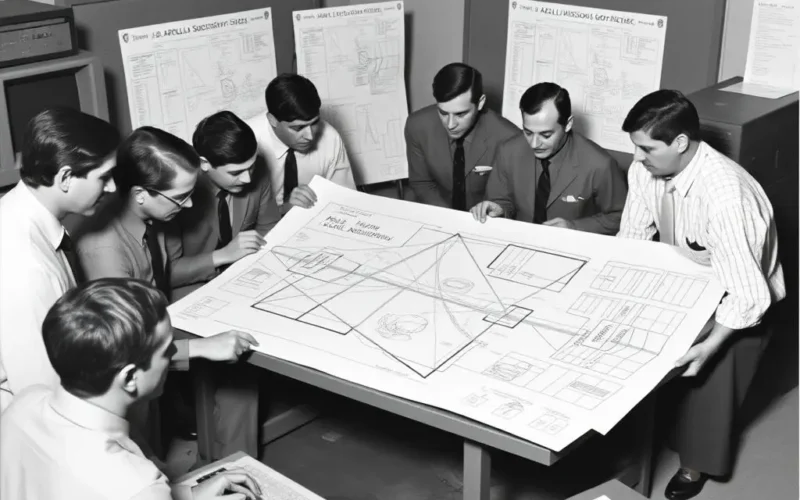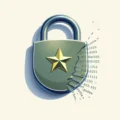When we talk about the historic Apollo 11 moon landing, names like Neil Armstrong and Buzz Aldrin rightfully come to mind. The sheer courage, the engineering marvel of the Saturn V rocket, the tiny Eagle lander – these are iconic images etched into history. But beneath the surface of this incredible achievement lay another, equally vital, component: the software. The millions of lines of code that navigated the spacecraft, monitored its systems, and ultimately, helped land humans on an alien world. And at the helm of the brilliant team who crafted this digital heart of the mission was an extraordinary pioneer: Margaret Hamilton.
Before we dive deep into the fascinating world of Apollo software and Margaret Hamilton’s monumental contributions, take a moment to watch this quick visual summary:
Table of Contents
The Unprecedented Challenge: Software for Space
In the early 1960s, the concept of writing complex software, especially for something as critical as human spaceflight, was largely uncharted territory. Computers were massive, slow, and had minimal memory. The idea of onboard flight software that could guide a spacecraft autonomously, react in real-time, and handle potential errors was revolutionary, almost science fiction.
NASA needed a system that was not only precise for navigation and control but also incredibly robust. A single software glitch could have catastrophic consequences. There were no established best practices for developing software of this scale and criticality. No frameworks, no widely available tools, nothing but sheer human ingenuity and determination.
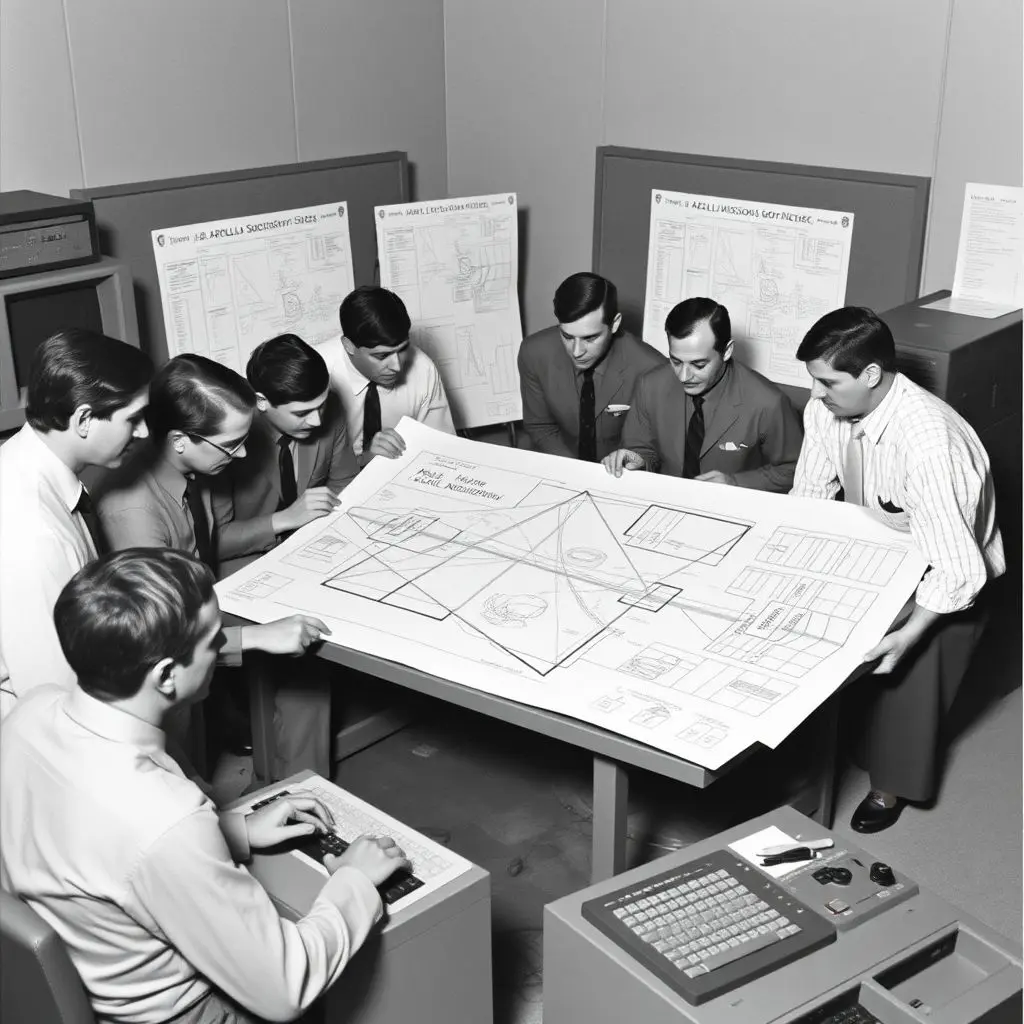
Margaret Hamilton and the MIT Instrumentation Laboratory
Margaret Hamilton led the Software Engineering Division at the MIT Instrumentation Laboratory (which later became Draper Laboratory). This was the team tasked with creating the onboard flight software for the Apollo Command Module and Lunar Module.
Hamilton joined MIT in 1960, initially working on software to predict weather. She then moved to the SAGE (Semi-Automatic Ground Environment) air defense system project, where she gained valuable experience with real-time systems and fault tolerance. This background proved crucial for the demands of the Apollo program.
Her team was diverse, comprising mathematicians, engineers, and philosophers. They had to invent everything from scratch: the operating system, the programming language (ASIST, based on assembly language), the development tools, and the testing methodologies. It was here, while developing the Apollo software, that Hamilton is credited with popularizing the term “software engineering” to give the discipline the same legitimacy and rigor as other engineering fields.
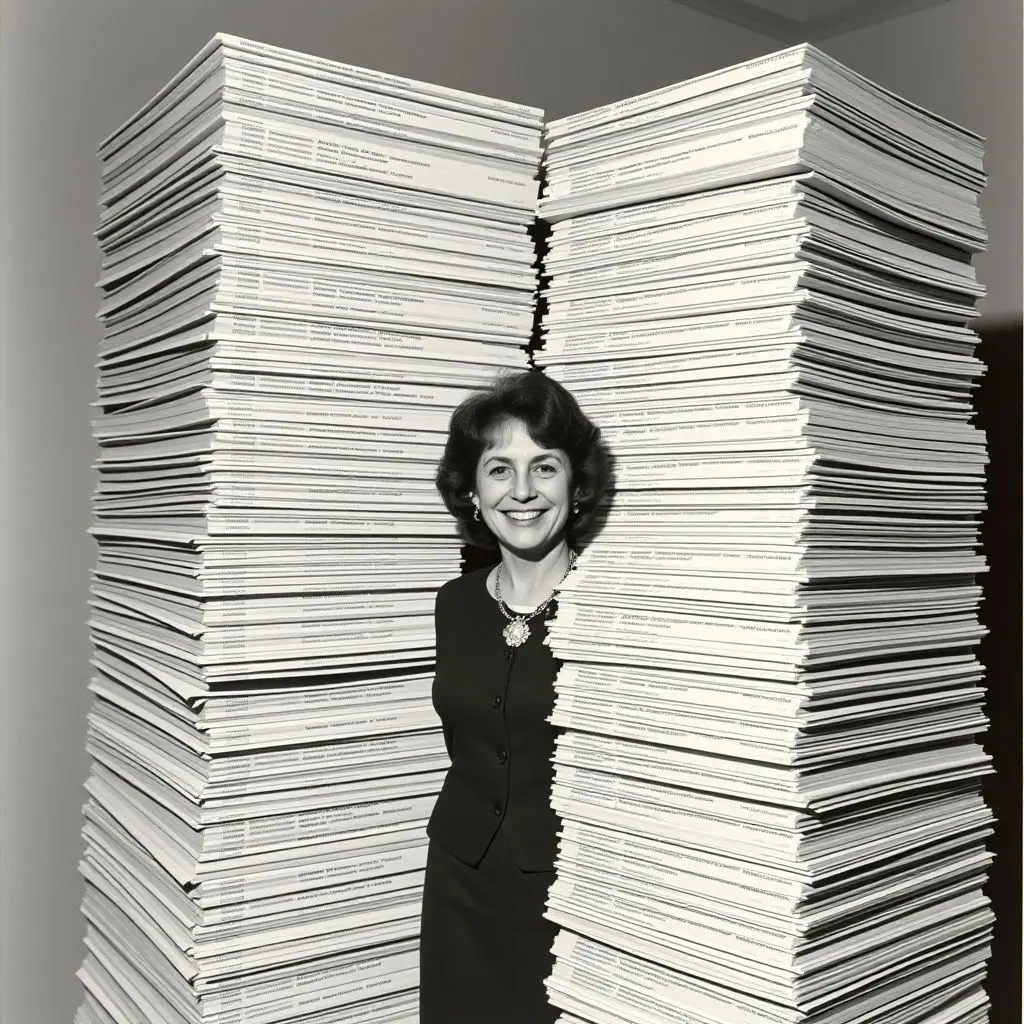
Revolutionary Software for a Revolutionary Mission
What made the Apollo flight software so groundbreaking? It wasn’t just about performing calculations; it was about resilience and real-time decision-making. Key features included:
- Asynchronous Processing: The software was designed to handle multiple tasks simultaneously, a necessity for managing propulsion, guidance, navigation, and communication all at once.
- Priority Scheduling: The system could prioritize critical tasks over less important ones. If the computer became overloaded, it would shed the lower-priority tasks to ensure essential functions (like guiding the lander) continued uninterrupted.
- Error Detection and Recovery: The code was filled with checks and mechanisms to detect potential issues and, where possible, recover from them automatically or alert the astronauts with clear codes.
- Human-in-the-Loop Interface: While highly automated, the software provided astronauts with crucial information and control, often using a simple numerical display and keyboard (the DSKY – Display/Keyboard).
Imagine writing code that had to be perfect, yet prepared for imperfection – for hardware failures, sensor errors, or astronaut input mistakes – all while running on a computer with only 2K words (4K bytes) of memory and a processing speed measured in milliseconds, not gigahertz. It was an extraordinary feat of efficient and robust programming.

The Apollo 11 Descent: Software Saves the Day
The robustness of Hamilton’s software was put to the ultimate test during the Apollo 11 lunar descent on July 20, 1969. As the Lunar Module, Eagle, was just minutes from landing, the onboard computer began flashing alarms – specifically, 1201 and 1202.
These alarms indicated that the computer was overloaded. An unexpected flood of data was coming from the landing radar, not needed at that phase of the descent but mistakenly left on. The computer was being asked to do too much.
Panic could have ensued. But thanks to the foresight of Hamilton and her team, the software was designed to handle this exact scenario. The priority scheduling system kicked in. It recognized that it couldn’t process all the data, so it automatically dropped the lower-priority tasks (like the unnecessary radar data processing) and focused solely on the essential guidance and control functions.
Flight controllers on Earth, guided by Steve Bales and others who understood the software’s capabilities thanks to detailed documentation and simulations (much of it championed by Hamilton), quickly realized the alarms meant the computer was busy but still functioning correctly for the descent. “Go! Go!” they called out.
The software worked perfectly, prioritizing the critical landing calculations and allowing Armstrong and Aldrin to continue their descent, ultimately touching down safely with seconds of fuel to spare. Margaret Hamilton’s code didn’t just assist the landing; in that critical moment, it actively saved the mission.
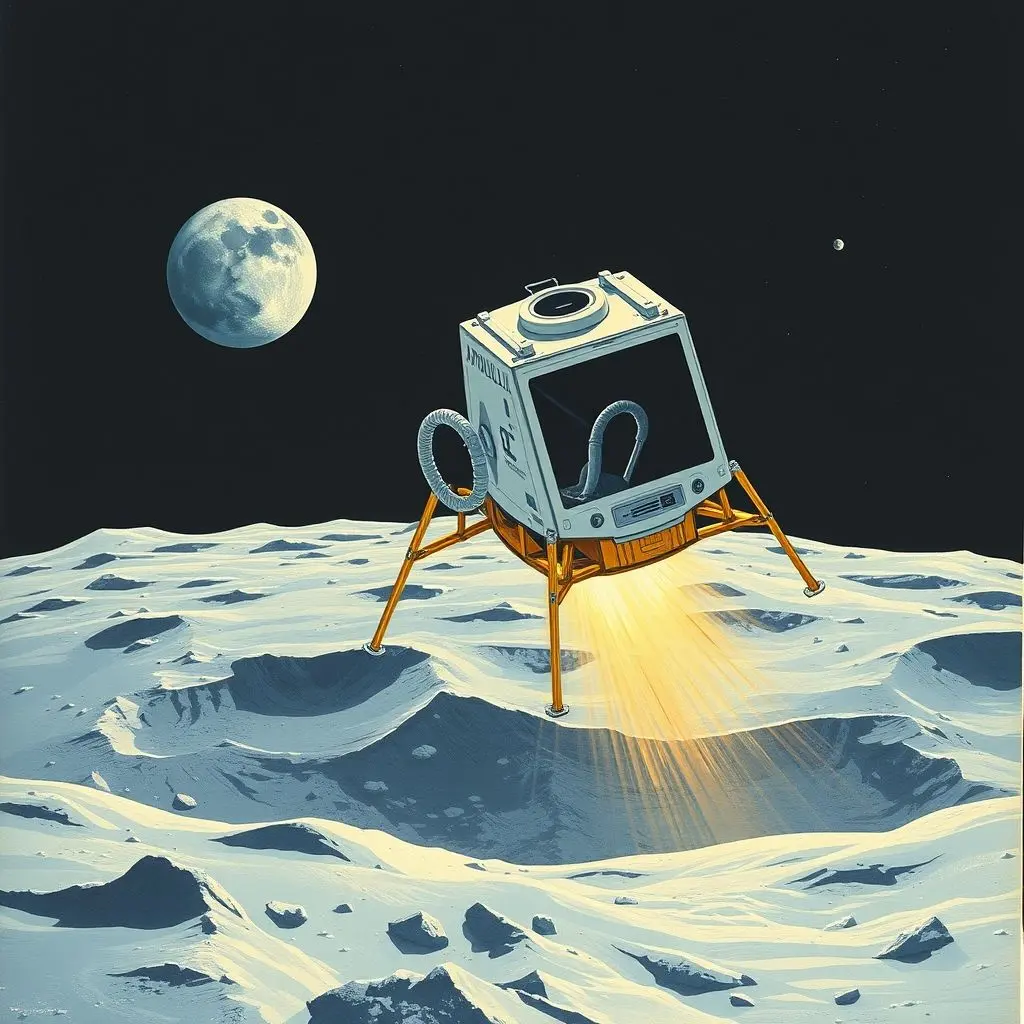
Beyond Apollo: A Lasting Legacy
The impact of Margaret Hamilton and her team’s work extends far beyond the surface of the moon. Their innovations laid the foundation for modern software development.
- The term “software engineering” gained traction, leading to the formalization of development processes, quality control, and project management in the software industry.
- Their work on fault tolerance, asynchronous processing, and priority scheduling became fundamental concepts in operating systems and critical real-time systems design.
- The emphasis on rigorous testing and documentation, driven by the high stakes of the Apollo missions, set standards for future software projects.
Margaret Hamilton is a true pioneer, not just for her technical brilliance but for her leadership in a nascent field, often overcoming skepticism and blazing a trail for future generations of software developers, particularly women in computing.
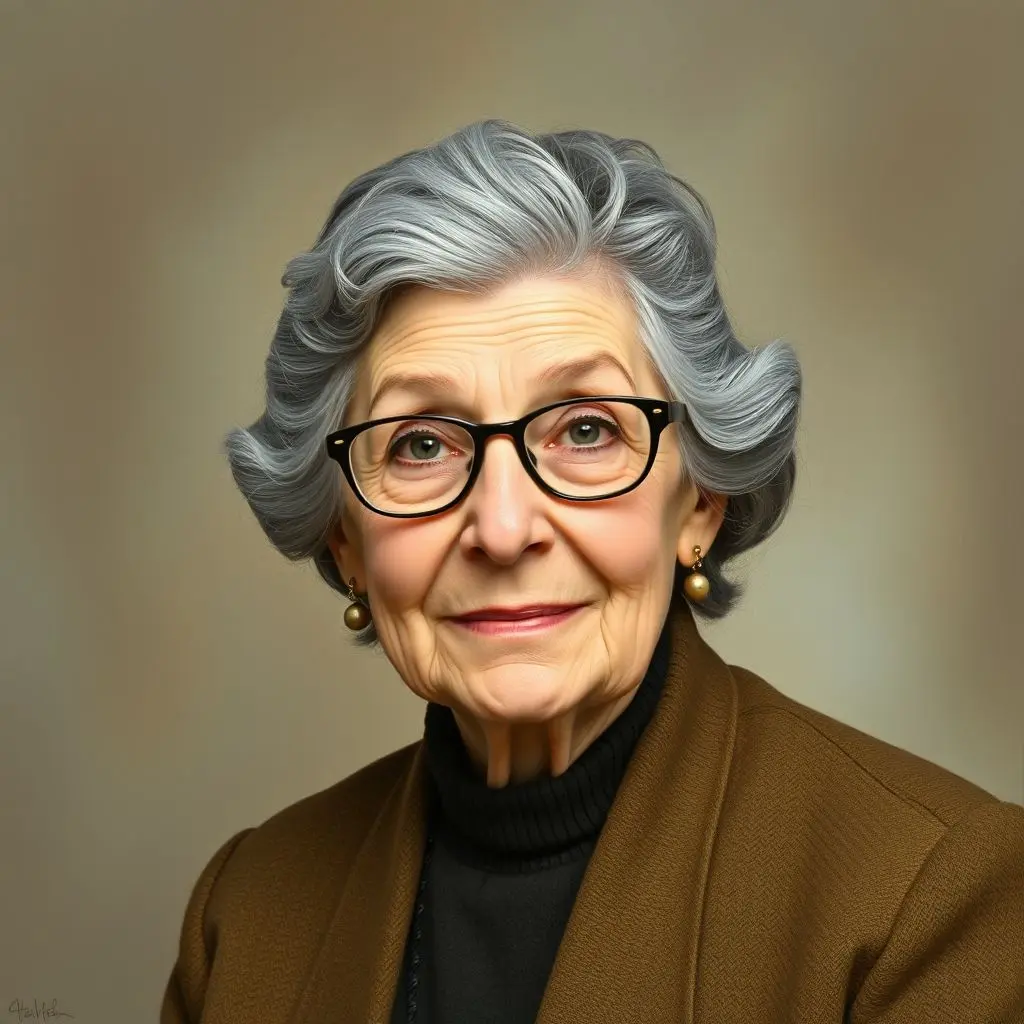
Frequently Asked Questions About Margaret Hamilton and Apollo Software
What was Margaret Hamilton’s specific role in the Apollo program?
Margaret Hamilton was the Director of the Software Engineering Division at the MIT Instrumentation Laboratory. She led the team responsible for designing, developing, testing, and deploying the onboard flight software for the Apollo Command Module and Lunar Module.
How complex was the Apollo flight software?
It consisted of hundreds of thousands of lines of code, written mostly in assembly language. Given the extreme limitations of the onboard computer’s memory and processing power by today’s standards, this required incredible efficiency and ingenuity.
Did the Apollo software have bugs?
While no software is perfectly bug-free, the Apollo software was rigorously tested and designed with error handling in mind. The famous 1201/1202 alarms during the Apollo 11 landing were not a bug in the core flight software itself, but rather an overload condition triggered by an external issue (the landing radar being left on) that the software was designed to manage through its priority scheduling system.
Why is Margaret Hamilton credited with coining the term “software engineering”?
While the exact origin is debated, she is widely credited with popularizing the term during the Apollo project. She advocated for treating software development as a legitimate engineering discipline, emphasizing the need for structured processes, rigorous testing, and formal methodologies, much like hardware engineering.
Where is the Apollo flight software now?
The original source code has been preserved and is publicly available online. It remains a fascinating historical artifact and a testament to the ingenuity of the early days of computing.
An Enduring Inspiration
Looking back, it’s clear that the Apollo missions were a symphony of human effort across countless disciplines. While the astronauts captured the public imagination with their bravery and the engineers built the incredible machines, it was the unseen lines of code, meticulously crafted by Margaret Hamilton and her dedicated team, that provided the crucial intelligence and resilience needed for success. Her story is a powerful reminder that behind every great technological leap, there are brilliant minds pushing the boundaries of what’s possible, often in fields that are just beginning to take shape. The next time you gaze at the moon, remember the software that helped us reach it, and the visionary woman who made it happen.
